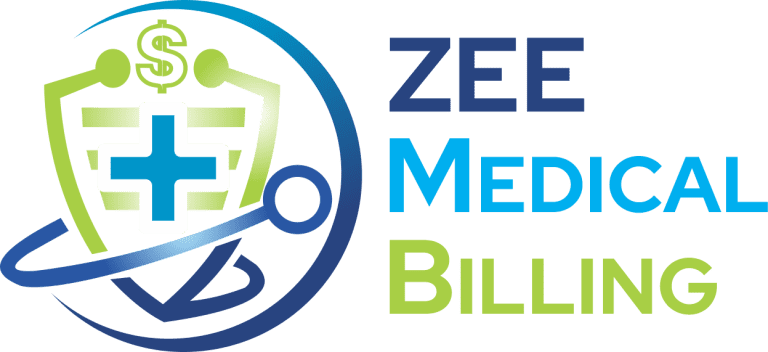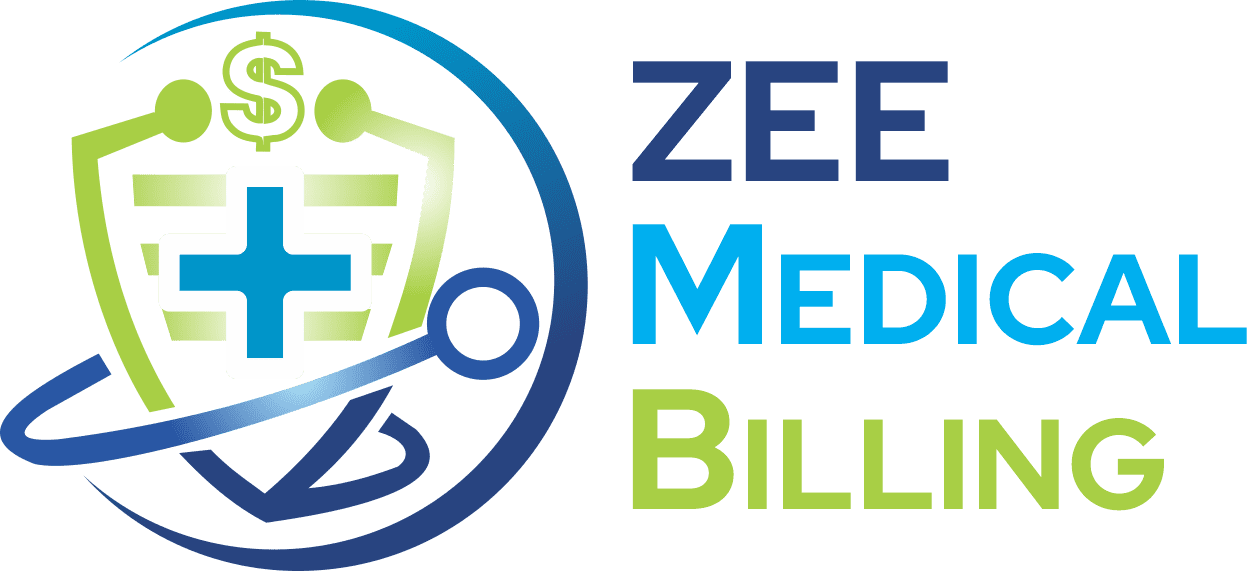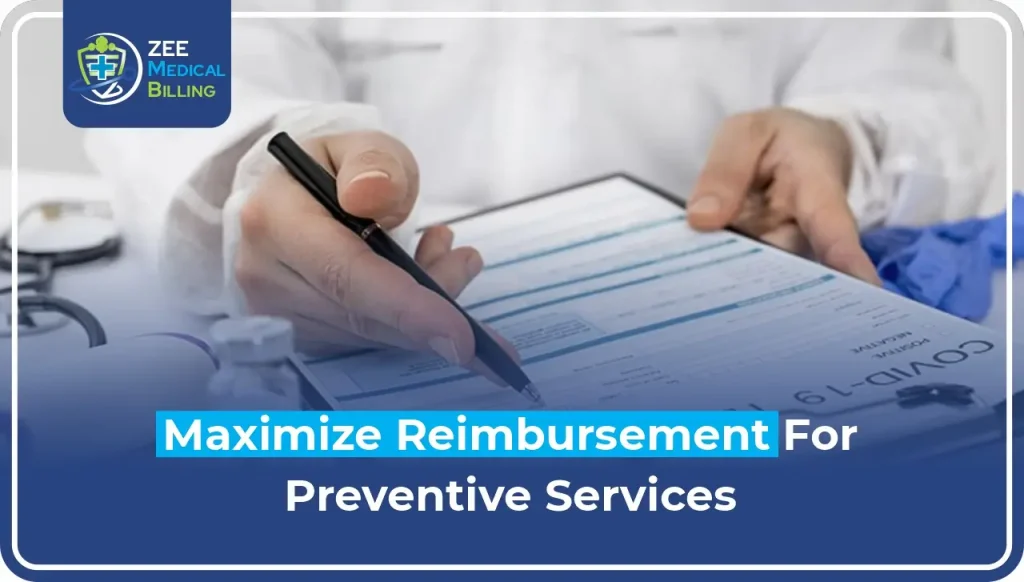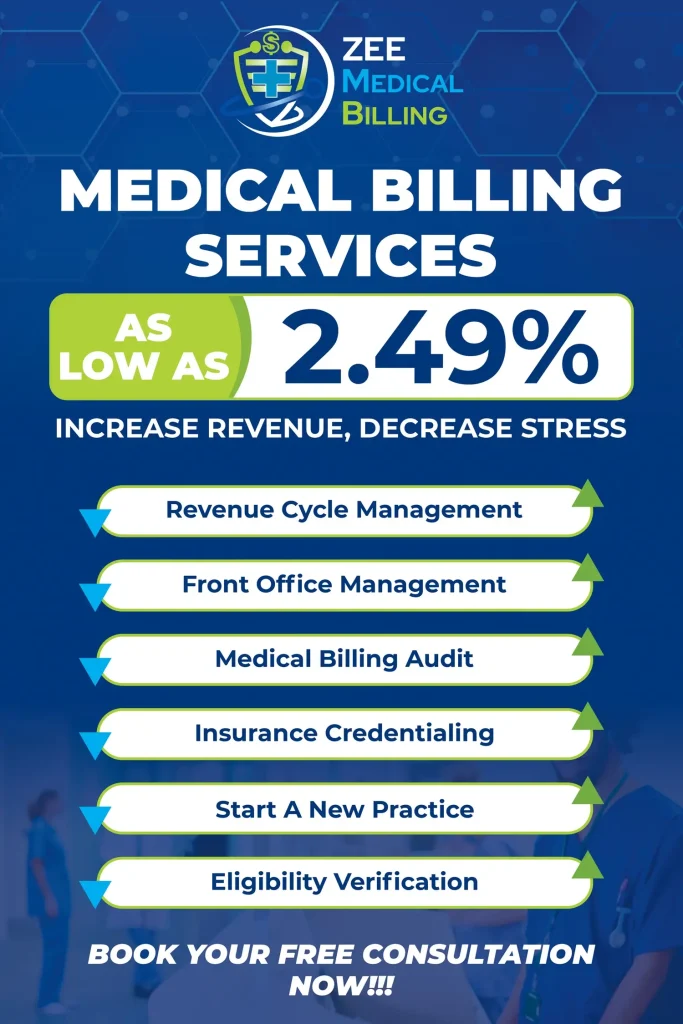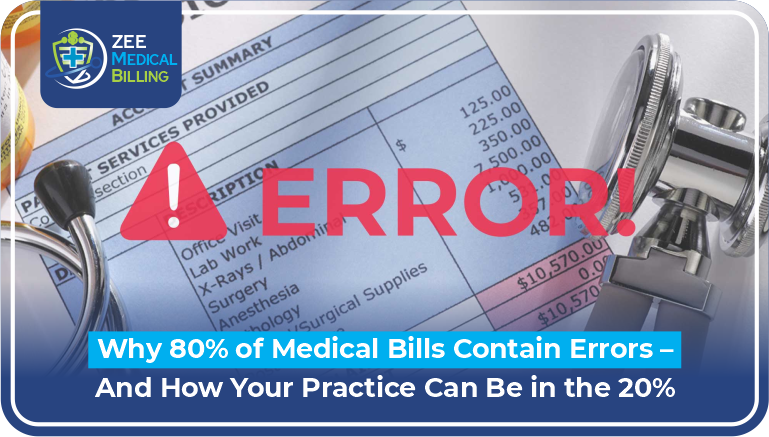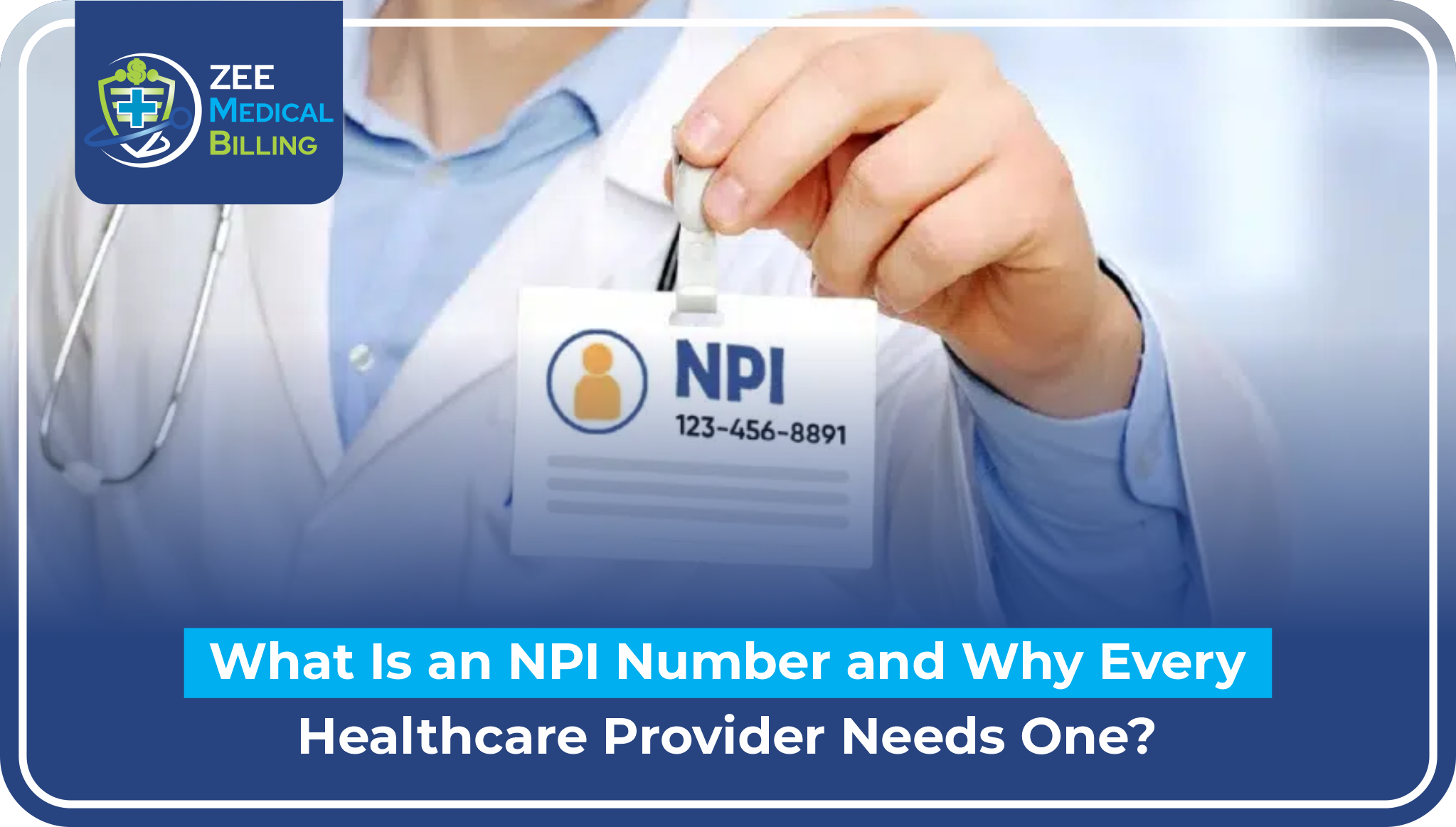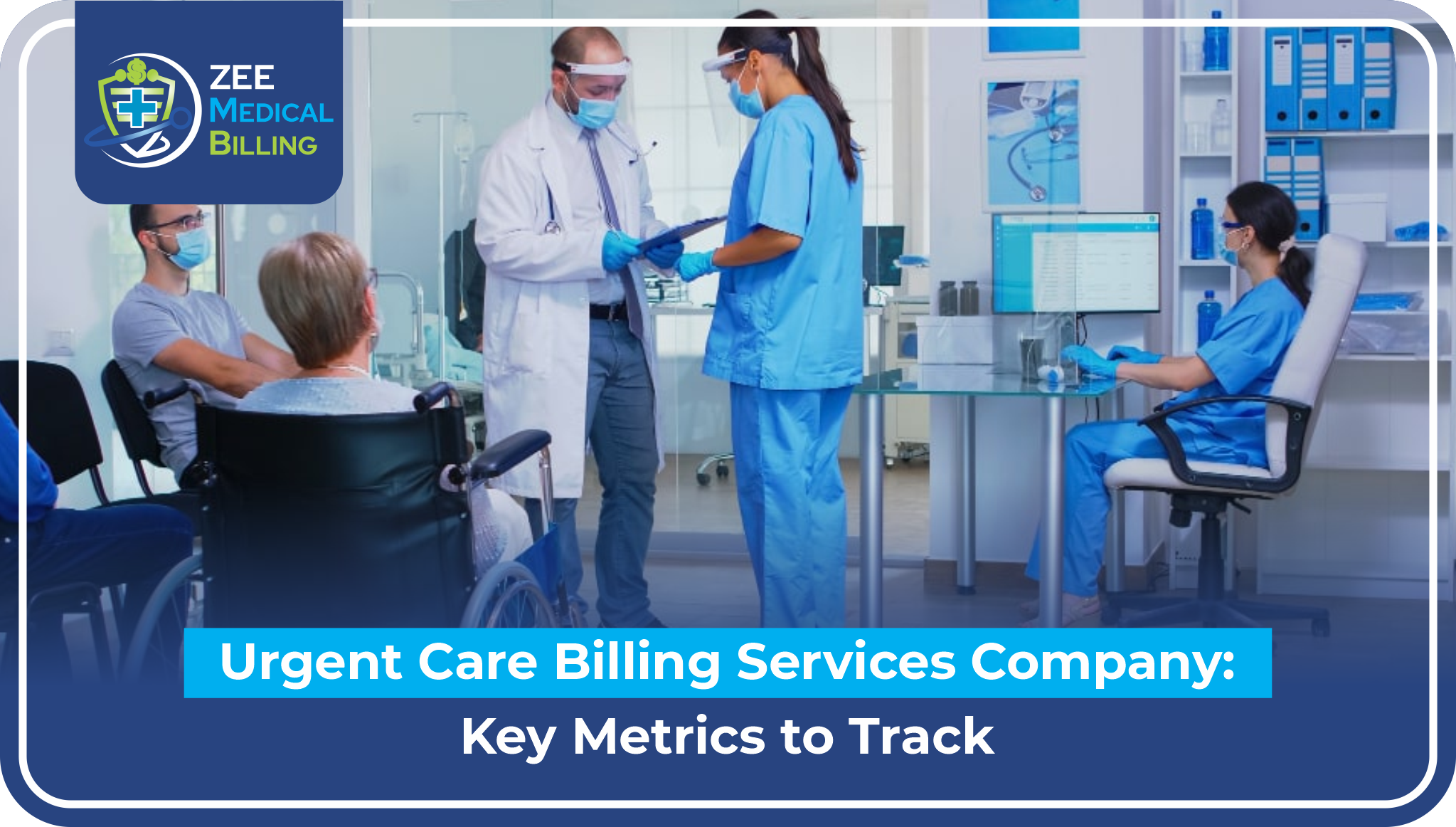Preventive healthcare administrations are basic for progressing patient outcomes, decreasing long-term healthcare costs, and advancing the general population’s well-being. However, healthcare suppliers regularly confront challenges in securing adequate reimbursement for these administrations due to complex billing necessities, changing payer approaches, and documentation requests.
Maximizing reimbursement for preventive administration requires a key approach that combines an exhaustive understanding of coding rules, meticulous documentation, staff preparation, and proactive quiet engagement. This article traces key procedures for healthcare suppliers to optimize reimbursement for preventive administrations while keeping up compliance and conveying high-quality care.
Understanding Preventive Services and Reimbursement
Preventive services include a wide range of interventions aimed at avoiding illness or identifying well-being issues early. These incorporate yearly wellness visits, vaccinations, cancer screenings (e.g., mammograms, colonoscopies), counseling for smoking cessation, and inveterate disease administration screenings (e.g., diabetes or hypertension screenings).
The Affordable Care Act (ACA) orders that numerous preventive administrations be secured without cost-sharing for patients beneath most private protection plans, Medicare, and Medicaid, given they meet particular criteria.
Read More: Top Marketing Tips to Grow Your Small Medical Practice
Reimbursement for these services depends on appropriate coding, payer approaches, and adherence to rules such as those from the U.S. Preventive Services Task Force (USPSTF) or the Centers for Medicare & Medicaid Administrations (CMS).
Common coding systems incorporate Current Procedural Terminology (CPT) codes, Healthcare Common Procedure Coding System (HCPCS) codes, and Worldwide Classification of Diseases (ICD-10) codes. Incorrect coding or inadequate documentation can lead to claim denials or decreased installments, making it basic for providers to remain informed and vigilant.
Key Procedures for Maximizing Reimbursement
1. Master Accurate Coding and Billing Practices
Accurate coding is the foundation of reimbursement for preventive administrations. Providers must utilize the fitting CPT and HCPCS codes for each benefit, guaranteeing alignment with payer requirements. For example:
- Annual Wellness Visits (AWVs): Medicare covers AWVs under HCPCS codes G0438 (introductory visit) and G0439 (consequent visits). These contrast with standard evaluation and management (E/M) codes and require components, such as a health chance assessment.
- Screenings and Vaccinations: Codes for screenings (e.g., 77067 for mammography) and immunizations (e.g., 90686 for influenza) must reflect the benefit given and patient eligibility (e.g., age, gender, risk factors).
- Counseling Administrations: Behavioral counseling for weight (G0447) or smoking cessation (99406, 99407) requires documentation of time spent and persistent consent.
To dodge mistakes, suppliers should routinely audit coding overhauls from the American Medical Association (AMA) and CMS. Executing Electronic Health Record (EHR) frameworks with built-in coding prompts can also diminish mistakes and streamline billing processes.
2. Guarantee Comprehensive Documentation
Payers require detailed documentation to justify reimbursement for preventive administration. Documentation should include:
- Patient Eligibility: Affirm that the benefit is secured based on age, gender, or chance variables (e.g., USPSTF Review A or B recommendations).
- Service Details: Record the particular benefit performed, counting length (e.g., for counseling sessions) and findings (e.g., for screenings).
- Medical Need: Connect the benefit to a suitable ICD-10 code to demonstrate why it was vital (e.g., Z00.00 for a common grown-up exam without irregular findings).
- Patient Consent: For certain administrations, such as progress care arranging, record quiet agreement.
For illustration, when billing for a colorectal cancer screening (HCPCS G0121), suppliers must record the patient’s age (ordinarily 45–75 per USPSTF rules), the absence of indications (to qualify as preventive), and the procedure’s outcome. Incomplete documentation can trigger reviews or denials, so homes should conduct standard chart surveys to guarantee compliance.
3. Prepare Staff and Providers
Effective reimbursement requires a team effort. Doctors, nurses, coders, and billing staff must be well-versed in preventive benefit rules. Key preparing regions include:
- Coding Updates: Yearly changes to CPT, HCPCS, and ICD-10 codes.
- Payer Policies: Contrasts in scope between Medicare, Medicaid, and private insurers.
- Documentation Measures: Best practices for capturing all required elements.
Regular training sessions, webinars, or certifications (e.g., Certified Professional Coder) can improve staff competency. Moreover, designating a coding specialist to supervise preventive benefit claims can diminish errors and progress income capture.
4. Use Technology and EHR Systems
Modern EHR frameworks can essentially improve reimbursement results by:
- Automating Coding: Suggesting appropriate code based on clinical input.
- Flagging Qualification: Alerting suppliers to patients due for preventive services based on age, history, or risk factors.
- Streamlining Claims: Joining with charging software to decrease manual errors.
For example, EHRs can prompt suppliers to offer a Medicare AWV when a patient gets to be qualified, or flag missed openings for screenings amid scheduled visits. Practice should contribute to EHR frameworks with vigorous preventive care modules and guarantee staff is prepared to utilize them effectively.
5. Engage Patients Proactively
Patient engagement is basic for maximizing preventive benefit utilization and reimbursement. Suppliers can:
- Educate Patients: Inform patients about secured preventive services amid visits or through outreach (e.g., emails, portals).
- Schedule Strategically: Utilize EHR updates to plan yearly wellness visits or screenings at fitting intervals.
- Address Barriers: Offer adaptable hours, telehealth alternatives, or transportation help to improve access.
For example, sending updates for flu vaccinations or cervical cancer screenings can increase understanding of cooperation, leading to more billable administrations. Practices ought to, moreover, confirm the protection scope sometime recently in arrangements to affirm which administrations are reimbursable without cost-sharing.
Read More: Proven Strategies to Maximize Medicare Reimbursements
6. Monitor and Offer Denials
Claim refusals are a common boundary to reimbursement. To address this:
- Track Denials: Use the billing program to recognize designs in refusals (e.g., inaccurate codes, lost documentation).
- Correct Errors Instantly: Resubmit claims with extra documentation or corrected codes.
- Appeal When Necessary: If a refusal is unjustified, yield an offer with supporting evidence, such as USPSTF rules or persistent records.
Regularly reviewing claims information can help practice distinguish systemic issues, such as coding mistakes or payer-specific necessities, and address them proactively.
7. Remain Compliant with Regulations
Compliance with government and payer controls is non-negotiable. Suppliers must:
- Follow USPSTF and CMS rules: Guarantee services adjust with evidence-based recommendations.
- Avoid upcoding: Billing for a higher level of benefit than given can trigger reviews and penalties.
- Maintain HIPAA Compliance: Secure patient information during billing and documentation processes.
Engaging with a compliance officer or specialist can offer assistance as practices explore complex controls and maintain a strategic distance from expensive mistakes.
Conclusion
Maximizing reimbursement for preventive administration is both a financial and clinical basis for healthcare suppliers. By acing coding and charging, guaranteeing thorough documentation, preparing staff, leveraging innovation, engaging patients, checking dissents, and keeping up compliance, practices can optimize income while conveying high-value care.
As healthcare proceeds to emphasize prevention, suppliers who receive these methodologies will be well-positioned to thrive in a value-based care environment. Contributing time and assets in these regions not only improves financial performance but also progresses patient health results, adjusting to the broader objectives of modern healthcare.
Need Expert Medical Billing Services?
Zee Medical Billing provides professional billing solutions tailored to healthcare providers across the United States. In addition to offering top-tier support from our main office, we proudly serve clients in Illinois, Indiana, California, Kentucky, New York, Washington, Georgia, Alabama, South Carolina, Texas, Pennsylvania, Ohio, New Hampshire, Nevada, Massachusetts, Hawaii, Arizona, and Colorado! Whether you’re looking to streamline your revenue cycle or improve claims accuracy, you can reach out to us to learn more about how we can support your practice.
